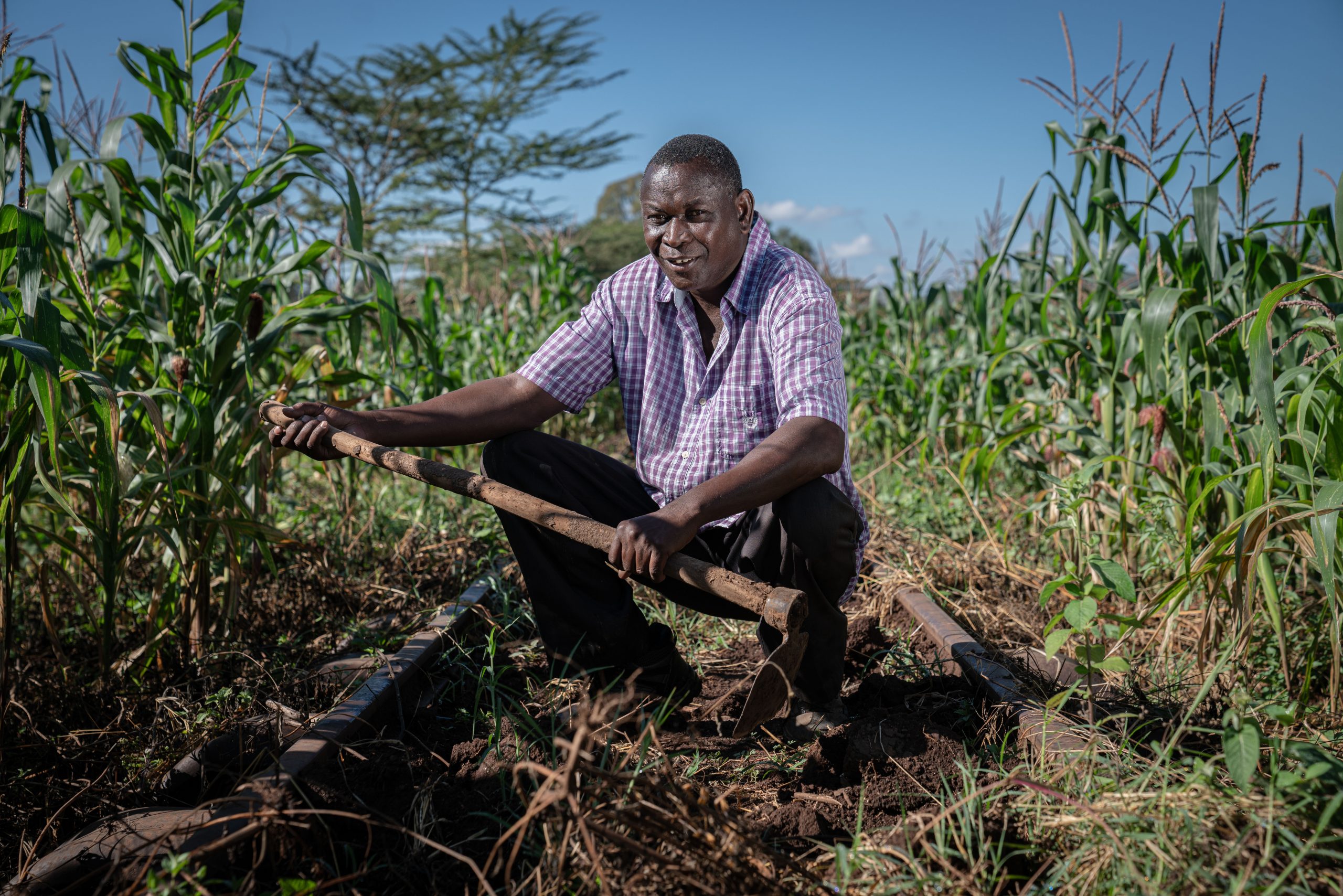[et_pb_section fb_built=”1″ admin_label=”section” _builder_version=”3.22″ custom_padding=”0px|||||” global_colors_info=”{}”][et_pb_row _builder_version=”4.8.2″ _module_preset=”default” min_height=”1673.9px” global_colors_info=”{}”][et_pb_column type=”4_4″ _builder_version=”4.8.2″ _module_preset=”default” global_colors_info=”{}”][et_pb_text _builder_version=”4.11.2″ _module_preset=”default” hover_enabled=”0″ global_colors_info=”{}” sticky_enabled=”0″]
Since June 2020, our research partner 60 Decibels has listened to over 6,000 smallholder farmers to better understand the overall impact of the COVID-19 pandemic in Kenya. Read our report on “8 Things We Learned From Kenyan Small-scale Farmers During COVID-19” with Acumen and Foreign, Commonwealth and Development Office (FCDO). View the results from each data round between March and July 2021 on the interactive dashboard.
Download the Infographic Summaries:
Background
The COVID-19 pandemic and the government-mandated lockdowns have disrupted agricultural activities across Kenya. Our partner 60 Decibels has been studying Kenyan farmers to understand the impact of the pandemic on their livelihoods and wellbeing through monthly data collection from June 2020-May 2021. We are now working together with 60 Decibels for four additional rounds of data collection between March and July 2021.
Social distancing and lockdowns have been key preventative measures but have also disrupted market linkages and squeezed incomes. So far, they have found that nine in ten farming households report being worse off due to the pandemic. 89% of Kenyan farmers have had to take action as a way to cope with their changing financial situation. The average farmer is applying two coping strategies. While 66% of households are digging into their savings, 56% have had to take a more significant step like selling an asset (28%) or borrowing money (42%).
The research further breaks down the different challenges posed by the current pandemic and uncovers the farmers’ greatest needs that can enable them to cope with the current situation. It features the role of digital tools in addressing these challenges including financial inclusion and reconnecting farmers to markets and other opportunities. The research also examines trends in sex-disaggregated data when seeking market information and digital usage.
How are Kenyan Farmers Faring in the Face of COVID-19?
- Nine in ten farming households report being worse off due to the pandemic. 23% of farmers have lost at least one source of income compared to the same time last year.
- While financial stress has increased over time, it appears to have stabilized somewhat since October. After some improvement in March, financial stress increased again in May, with 50% saying their financial situation is ‘much worse’.
- There are some signs of future distress. The use of savings and more extreme coping strategies have continued to increase since December (use of savings: 56% to 69%; sold or pawned asset: 24% to 34%; borrowed money: 32% to 51%), this could be indicative of farmers running out of financial reserves, increasing future financial distress. And while prices of inputs and food have stabilized, the prices farmers receive for crops continues to decrease, putting future earnings at risk.
- Consistently high costs are limiting farmers’ use of essential inputs. 70% say essential inputs like fertilizers and seeds are more expensive than normal. 48% purchased fewer inputs and 49% hired less labour in the last two weeks. Overwhelmingly, the reason for these reductions was cost.
- Farmers want to sell more but are unable to. More than 8 out of 10 farmers who sold less because of Covid would like to sell more but are unable. 1 from the other 2 sold less by choice (for example, saving food for their family) and 1 sold less for different reasons.
- We found several interesting trends when segmenting by gender. Women were less confident in the next month (30% of females were ‘very confident’ in next month vs. 35% of males) and sold less than male farmers (18% of females sold ‘much less’ produce vs. 17% of males). When discussing what support they need to increase sales, the top request was market information for both women (73%) and men (71%). Women asked for cash at a higher proportion than men (43% of females asking for cash vs. 36% of males). We also noted key differences in digital usage, which may affect how female farmers are accessing information and coordinating livelihood activities through digital methods.
Resources:
- Download the Infographic Summaries:
- Access the Interactive Dashboard and the Read the Complete Report
Last Update: October 2021
[/et_pb_text][/et_pb_column][/et_pb_row][/et_pb_section]

